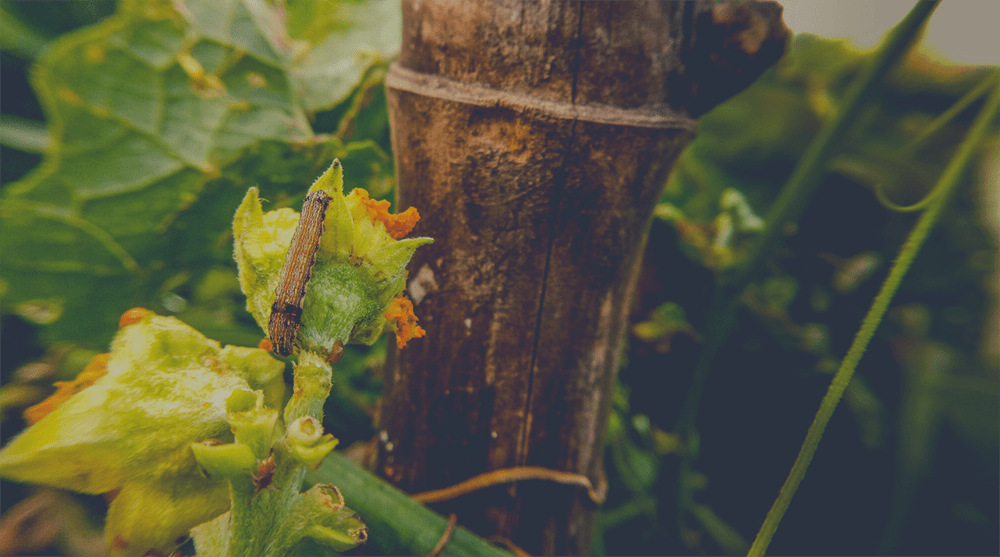 Completed Research Project
Completed Research Project
Faulted wines pose a serious economic problem to the wine industry, these off flavors can cause consumers, new to a region or variety, to reject that region entirely. Wine faults can include off-aromas or flavors associated with chemical compounds produced by spoilage organisms Brettanomyces, Acetobacter, Pediococcus or Lactobacillus. From the producers and winemakers’ perspective, early detection of wine faults would allow for remediation before the fault becomes more serious, intractable, and costly. Research in wine fault detection continues to develop as more sensitive and rapid analytical methods are identified that can reflect the complexity of the faulted wine.
Cutworms are capable of causing severe damage in vineyards during the early spring months when vines buds and tender shoots are at their most vulnerable. Damage to buds can cause severe crop loss in Washington vineyards, and this study supports the idea that the Cutworm species found on vineyard floors (on weeds, etc.) are a minor component of the fauna that actually damages grapevines. Vineyard sites with a large number of Cutworms on the vineyard floor did not necessarily sustain major bud damage. Conversely, sites with small numbers of Cutworms sometimes sustained major bud damage. This appeared to be related to ground cover presence/absence and/or type, but was also, in view of the rearing data, a consequence of most ground-dwelling species preferring to remain on the ground and not climb up grapevines.
Dry-berry, a disease of raspberry and blackberry, whereby immature green berries are killed, was first described in British Columbia, Canada in the 1950’s. The pathogen was named Rhizoctonia rubi, and we have made significant progress in reexamining the identity of the pathogen with molecular methods and determining its fungicide sensitivity. We characterized DNA sequences of 14 dry-berry fungal isolates and determined that the fungal pathogen causing dry-berry disease is a novel species of Monilinia, not a Rhizoctonia species as previously thought. This has major implications on the types of fungicides that will best manage the disease. Using these DNA sequences, we are now developing PCR-based tools to rapidly confirm dry-berry disease in less than a day.
The objectives of this project were to determine: 1) whether the herbicide Quinclorac can be used to control or suppress bindweed in blackberries without impacting crop performance; and 2) whether a biological control of bindweed, the gall-forming mite Aceria malherbae, can be established in berry fields and used in concert with herbicides to enhance bindweed control.
Quinclorac was applied 30 days before harvest, after harvest, and near the first frost in the fall to both EY and AY blackberries, raspberries, and blackberry and raspberry transplants. Quinclorac provided 80 to 90% control of bindweed and did not harm caneberries.
Faulted wines pose a serious economic problem to the wine industry, these off flavors can cause consumers, new to a region or variety, to reject that region entirely. Wine faults can include off-aromas or flavors associated with chemical compounds produced by spoilage organisms Brettanomyces, Acetobacter, Pediococcus or Lactobacillus. From the producers and winemakers’ perspective, early detection of wine faults would allow for remediation before the fault becomes more serious, intractable, and costly. Research in wine fault detection continues to develop as more sensitive and rapid analytical methods are identified that can reflect the complexity of the faulted wine.

 Completed Research Project
Completed Research Project


